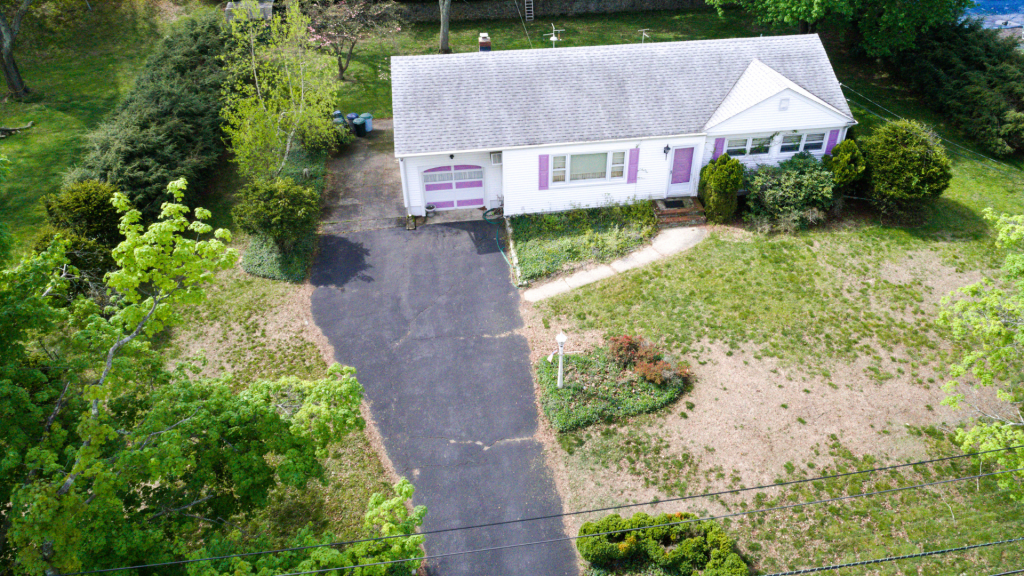
Climate & Pests Affect Florida Lawns In A Variety Of Ways
Here in Central Florida, we’re lucky to live in a part of the world that enjoys a warm climate almost year-round. While we suffer through humid summers, temperatures rarely drop below freezing in the winter. This makes Florida a favorite place to live and work for millions. However, people are not the only ones who enjoy Florida’s climate. Our sub tropical climate also makes the Sunshine State a prime breeding ground for insects and other pests. Consequently, those pests can wreak havoc on your Florida lawn. Find out how pests affect Florida lawns in this helpful guide from Superior Spray Service.
Florida’s Most Destructive Lawn Pests
Lawn Pest #1 – Grubs
This general term applies to any beetle in its larval stage. Grubs destroy the roots of your turfgrass. If you spot one, they usually appear in a curled C-shape. They can reach up to 2 inches in length and have a creamy white color. You can identify a grub infestation by discolored (yellow and brown) patches in your lawn or soft spongy grass.
Lawn Pest #2 – Chinch Bugs
Chinch bugs love feasting on your lawn, no matter what type of grass you have. These insects are so common, it’s tough to find a Florida lawn without them. Chinch bugs have black bodies and white shiny wings that fold across their backs. When they congregate in large numbers, chinch bugs can do major damage. These pests affect Florida lawns by injecting a toxin into your grass that deprives it of both nutrients and moisture.
Lawn Pest #3 – Moth Caterpillars
You probably already guessed it but moth caterpillars eventually grow into moths. The most common moth caterpillars impacting lawns in Florida are sod webworms and fall army worms. What’s the difference? Sod web worms are about 3/4 of an inch long and range in color from a pinkish white to a yellowish brown and covered in fine hair. Fall army worms, by contrast, can be light tan or even shades of gray or green. They usually have stripes or black growths similar to moles on their body. Although, no matter which variety of moth caterpillar you’re dealing with, they can do serious damage—destroying large patches of grass in a single night.
Lawn Pest #4 – Mole Crickets
These winged, light brown crickets are equal opportunity destroyers. They like to feast on all popular varieties of grass, as well as crops and gardens. However, they also eat larvaes, small worms and other insects they may find in your lawn. These pests affect Florida lawns by foraging for food with their elongated forelegs, which causes substantial root damage to your grass, plants and gardens. Mole crickets are nocturnal and prefer to congregate in yards with a build-up of organic material, such as excessive thatch or grass clippings.
Lawn Pest #5 – Fire Ants
Fire ants originated in South America, making their way into the Sunshine State in the 1930s. These invasive pests were lucky enough to find a new home that was comparable to the heat and humidity of their native climate. Fire ants live in colonies, and are brown or red in color and measure between an eighth- or quarter-inch in length. A fire ant colony decimates the roots of your grass and builds large dirt mounds for their homes. These pests affect Florida lawns but are also dangerous to animals and humans. Their stings carry venom that is painful and can spark an allergic reaction. They’re also aggressive and will attack if they feel threatened. If you see fire ants on your property, don’t hesitate; contact a pest control professional immediately to have them treated.
Florida’s Climate & Its Impact On Lawns
Florida’s weather also plays a part in the appearance of your lawn. Florida is hot, which can inhibit grass growth. Once the temperature exceeds 90 degrees, certain types of grass will stop growing! Although Florida is known for humidity, extended periods without rain are also common. After a few days with high temperatures and no rain, moisture evaporates from your lawn and scorches it. However, too much rain also has a negative effect on your lawn leaving it drenched and soggy.
How To Keep A Healthy Lawn
There are many pests that can infiltrate and damage your Florida lawn. To keep your lawn healthy, mow regularly, manage water efficiently, fertilize at least once per year and treat for pests. Sound like a lot to take on? Hiring a reputable pest control and lawn management service, like Superior Spray Service can keep your lawn in great shape.
Our Lawn Care Process
When you sign a contract with Superior Spray Service to care for your lawn, we start with an inspection of your yard. During this inspection, our expert technician looks for signs of pest activity and damage as well as other areas that need to be addressed.
Superior Spray Service combines preventative care and treatments to keep your lawn the envy of the neighborhood all year long. Our goal is to stop insect proliferation and damage while supplying your lawn with the nutrients it needs to flourish. While it can be difficult for the average homeowner to distinguish insect damage from nutrient deficiency or drought, our trained technicians are equipped with the knowledge and skills to achieve the lawn of your dreams.
Contact Superior Spray For A Beautiful Florida Lawn
If you want a great-looking lawn, don’t wait and call Superior Spray Service today. We service homes in Central Florida including Lakeland, Winter Haven, Lake Wales, Orlando, Kissimmee, Tampa, and Brandon. Give us a call today at (833) 682-0700 or contact us online.

Request Service
Request a Free Estimate
Fill out the form below. This form will take less than a minute to complete.
* indicates required fields
